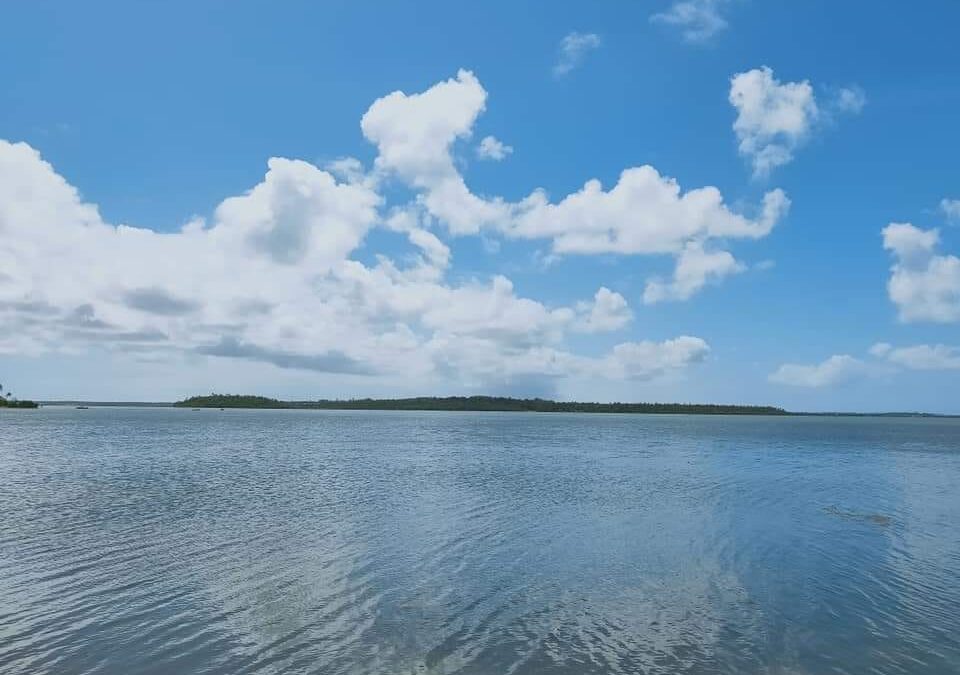The ancient capital of Mu’a, also known as the Lapita capital, is located on the eastern coast of the island of Tongatapu in Tonga. It is believed to have been the center of political and religious power in the Tongan archipelago from around 1200 to 1500 CE.
According to Tongan oral tradition, Mu’a was founded by the legendary figure Aho’eitu, who was said to have descended from the heavens on a giant bird. Aho’eitu established a dynasty that ruled Tonga for several centuries, and Mu’a became the center of their power.
The ruins of Mu’a include a complex of monumental stone structures, including tombs, temples, and platforms. These structures were built using a combination of coral limestone blocks and volcanic rocks, and they were decorated with intricate carvings and paintings.
Archaeological evidence suggests that Mu’a was a major center of trade and cultural exchange in the ancient Pacific world. The Lapita people, who were skilled seafarers and potters, are thought to have migrated to Tonga from Southeast Asia around 1500 BCE and to have established a settlement at Mu’a.
Over time, Mu’a grew into a sprawling urban center with a sophisticated system of governance, religion, and commerce. The Tongan nobility lived in large, ornate houses surrounded by gardens and fish ponds, while the common people lived in smaller, more modest dwellings.
Mu’a remained the capital of Tonga until the arrival of European explorers in the late 16th century. Today, the ruins of Mu’a are a popular tourist attraction and a UNESCO World Heritage site. They are also an important symbol of Tongan national identity and cultural heritage.

